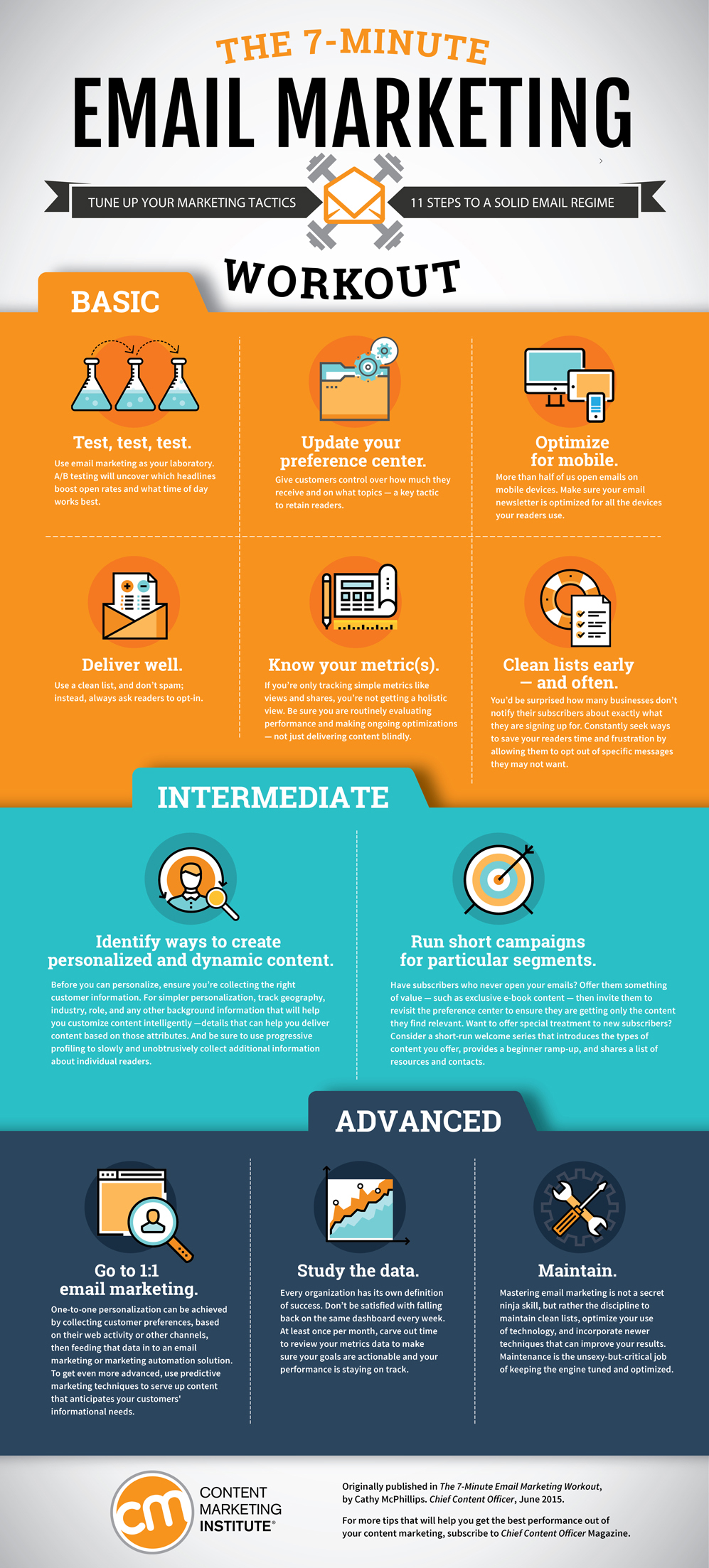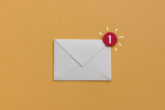Email Newsletter Best Practices Every Marketer Needs to Know
| July 18, 2018 | Posted in Marketing
A recent Nielsen study found that, when given a choice, 90% of respondents prefer to get company information through a newsletter over Facebook. Email newsletters still hold a ton of value within a digital marketing strategy. But not every company is utilizing them effectively. Follow these six, email newsletter best practices to make the most of this channel.
1. Let the reader drive the experience.
Don’t make subscribers read through a large block of text in an email format. Instead, provide brief titles and summaries of the articles you want them to read. Then let them decide which subjects appeal to them. They can drive their own experience by only clicking and reading what actually interests them in the newsletter.
A great title not only helps click rates within the newsletter, but also for the email itself. This article about increasing clicks through effective titles can help you perfect your strategy.
2. Get the technical details right.
You could be delivering incredible content in a beautiful, compelling format – but if you don’t get the technical details right it’s pointless. The Federal Trade Commission enforces the CAN-SPAM Act, which set the rules for commercial email messaging. Here are two important components of the Act which your email newsletter should take seriously.
1) Tell recipients how to unsubscribe from receiving your emails in clear and concise way.
2) Honor opt-out requests from readers within 10 days of receiving them.
There are also specific ways you need to set up your email delivery system to ensure your emails don’t go directly into a recipient’s junk folder. Here are two mechanisms you NEED to set up in your DNS records.
Sender Policy Framework (SPF) – this tells the servers which IP addresses are allowed to send emails from your domain. It’s basically a confirmation that you are who you say you are.
DomainKeys Identified Mail (DKIM) – an additional way to help the server confirm you are the authentic sender of the email using encrypted keys.
This article from Woodpecker does a great job of breaking down these two settings for anyone who isn’t a programmer.
3. Create a consistent experience.
From the time someone signs up to receive your newsletter, set expectations. Let them know what the main topics will be, how often they will receive the newsletter, and what day and/or time they should expect it to arrive in their inbox. Then follow through on those promises.
If you deliver a newsletter that doesn’t match what the reader expected, they are more likely to unsubscribe. Another trick is to remain consistent in the format and theme throughout every newsletter. If a subscriber opens your email, they should be able to identify what newsletter they’re reading immediately.
Find out which email platform will best support your newsletter.
4. Develop goals and track those goals.
What are your short and long-term goals for your email newsletter? Every digital marketing strategy needs tangible goals, performance metrics, and analytical tools to prove ROI. Email newsletters are no different.
Common key performance indicators (KPIs):
- Open rate – how many subscribers click to open your email
- Overall click-throughs – how many subscribers click on the links within your email
- Time span between click-throughs – how many subscribers save your email and read it at a later time
- Number of engaged vs. unengaged subscribers – the ratio of subscribers who are engaging with your content versus those who are not opening or clicking at all
- Activity patterns – what places and/or articles are subscribers engaging with the most
5. Make the email compatible for all devices.
Respondents rated the ease of reading newsletters on mobile devices only a 3.3 out of 7 in this survey. This is a huge problem! Just like your website, your e-newsletter should incorporate responsive design. It should automatically resize itself on any device without degrading the reader’s experience.
Emails also tend to hide images from the reader more often than if someone was simply visiting your site. If your email newsletter relies heavily on graphics, what happens if the email platform blocks all of those graphics? Make sure the subscriber can get all the information they need through text – not just images. This includes writing alternative text for each of the images within your email.
6. Keep it educational.
Email newsletters aren’t about the hard sell. They are incredible for driving engagement and satisfaction among current and potential customers. But that’s a long-term strategy. For this reason, it’s important to design and populate your newsletter with mostly educational content.
You want your reader to see you as an industry leader and their go-to source for that particular topic. If you try to sell your product or service too heavily, they will likely unsubscribe. They aren’t a subscriber because they want to repeatedly hear about your product or service. A common percentage marketers use is 90% educational content and 10% promotional content.
Check out this helpful infographic from the Content Marketing Institute:

Have any e-newsletter questions we didn’t answer? Leave them in the comments!

